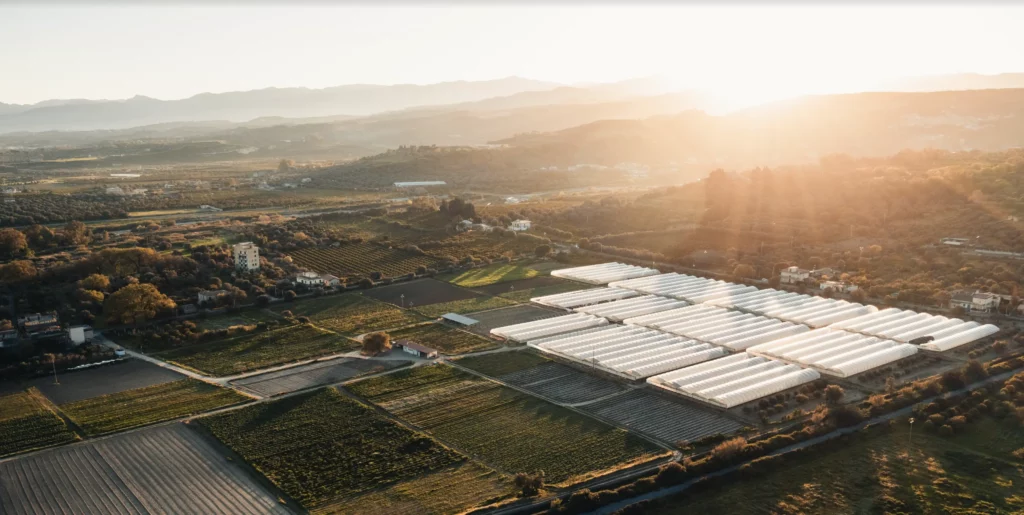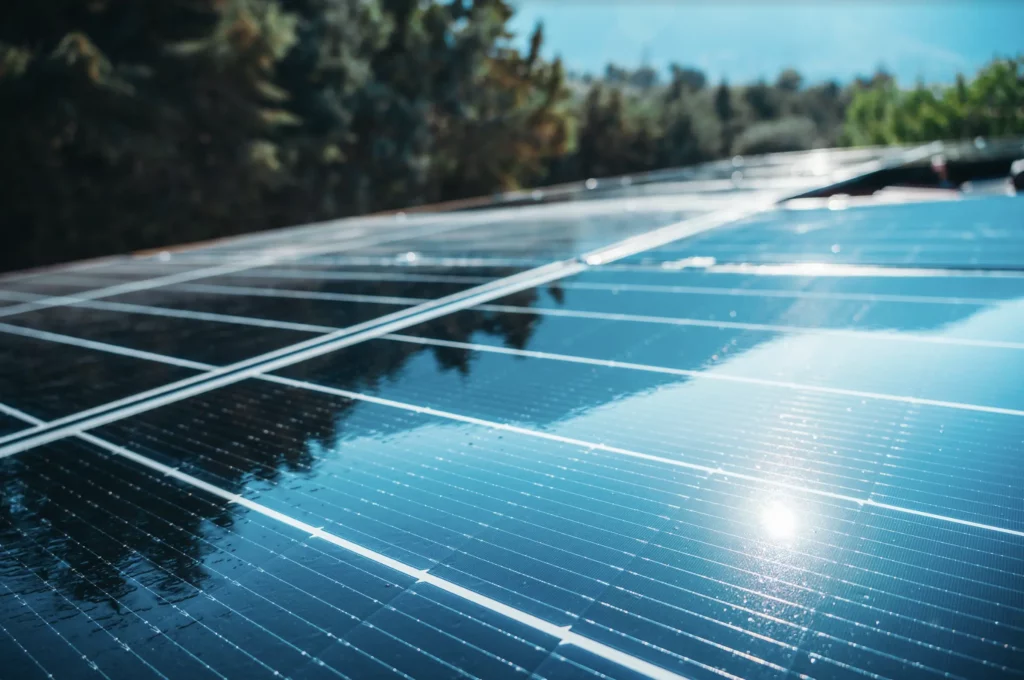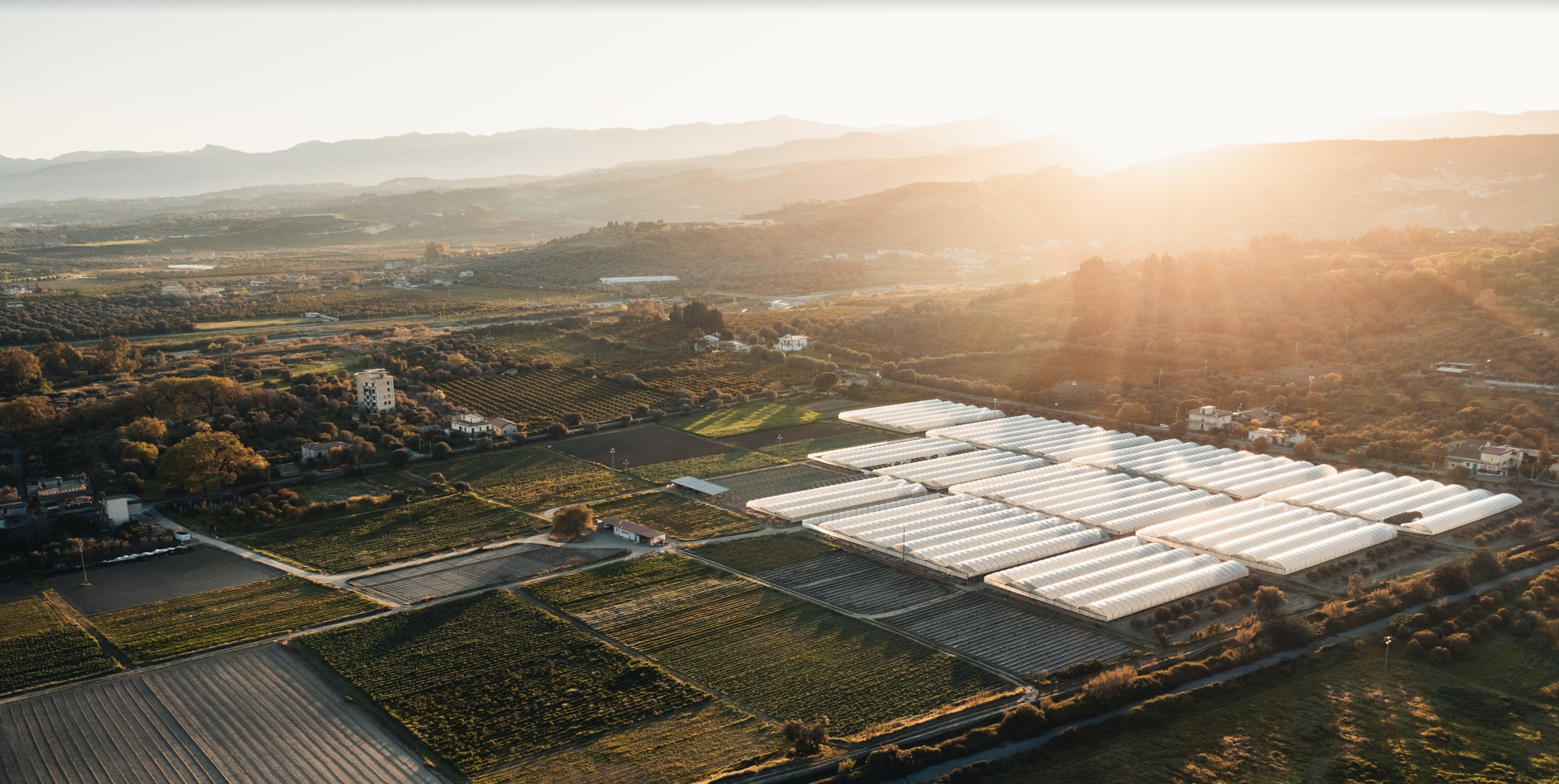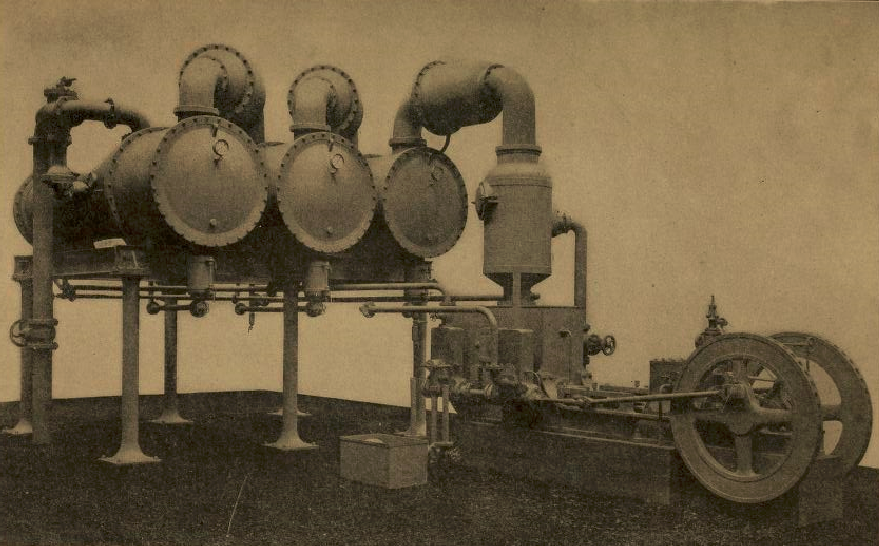
Barring a technological miracle, Ontario’s $400 billion plan to “decarbonize” its electrical grid will lean heavily on energy storage.
That isn’t bluster or some marketing gimmick. It’s one of the key findings in a December report by the province’s Independent Electricity System Operator (IESO). The authors argue that Ontario is faced by a once-in-a-generation challenge — to double its electrical output over the next 30 years while taking thousands of Megawatts of gas-burning power offline.
“It’s difficult to overstate the enormity of the challenge that lies ahead,” said Evan Tummillo, the Director of External Relations for Bedrock Energy Corp. “Just to replace existing natural gas infrastructure with nuclear, you’d have to build something like 40 small modular reactors. This is billions and billions in new infrastructure costs in a relatively short period of time.”
The IESO report claims “every known or potential resource” will be needed to meet Ontario’s growing demand, a list that includes billions in investments in energy storage, established electrical sources like nuclear, solar and wind but also experimental technologies like hydrogen energy. That last part, Tummillo argues, is no small feat.
“Let’s say, it’s a perfect world and you can swap natural gas for hydrogen — which is still largely experimental — how are you going to get it from production source to end user? In order to supply the amounts required to satisfy the system needs, you’d likely have to rebuild pipelines across Ontario,” Tummillo said. “Because hydrogen molecules are so small, they seep through regular pipelines. So to rebuild them means round after round of public consultation. You have Indigenous communities whose lands can be affected and who have the right to be consulted; it’s an incredibly tall order. And that’s if the technology can even be scaled in the near future.”

Even the IESO report, which is optimistic about hydrogen, cautions that it “doesn’t yet exist at scale” and that more storage will be essential should the new tech fail to breakthrough. In an interview with CBC News last month, energy executive Matthew Sachs said “energy storage will change the industry in the same way and for the same reasons that refrigeration changed the milk industry.” In other words, cities and even households being able to store a commodity changes the way it gets distributed, brings down costs, reduces waste and challenges energy monopolies.
In a nod to the challenges of decarbonizing the grid, the City of Toronto announced last year its goal of getting 100 MW of storage online by 2025 and 1,000 MW by 2050. This will require a massive investment from all levels of government but it also promises to help drive down costs and decrease network interruptions.
“When you have reliable energy storage, the supply is more stable so you’ll see fewer outages,” Tummillo said. “You can lean more on intermittent, but environmentally responsible options like wind and solar. During periods where they’re producing excess power, you can store it and then feed it back to the grid when the wind dies down. It may be new on such a large scale but it’s not experimental. [Here at Bedrock] we’re using established technology and maximizing the existing infrastructure instead of continuously building.”







